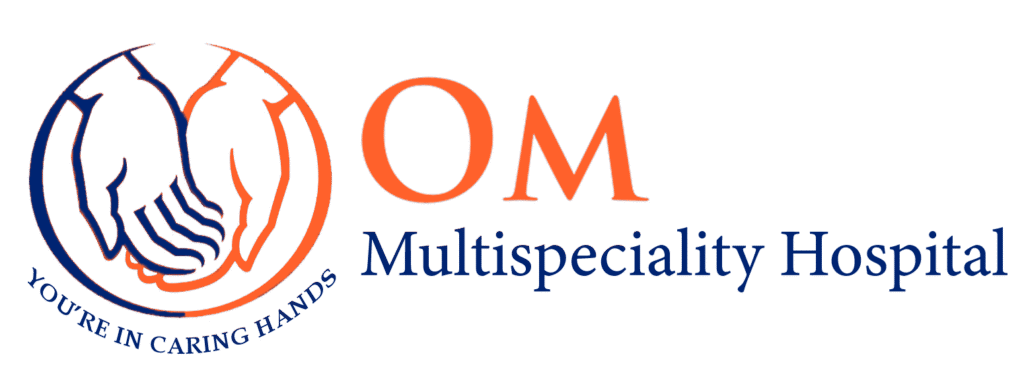A sick visit is a medical appointment scheduled when you are experiencing new or worsening symptoms that require prompt attention. Unlike an annual physical which focuses on preventive care and overall health assessment, a sick visit is specifically aimed at diagnosing and treating an acute illness or injury.
Here’s a summary of what typically happens during a sick visit:
-
Reason for Visit/Chief Complaint
The primary focus will be on the specific symptoms or concerns that prompted the visit. You'll be asked to describe your symptoms, when they started, how severe they are, and any factors that make them better or worse.
-
Targeted Medical History
The doctor will ask relevant questions about your current illness, including any recent exposures, your vaccination status (if relevant to the illness), and any pre-existing conditions that might impact your symptoms or treatment. They will also inquire about medications you are currently taking.
-
Focused Physical Examination
The examination will be tailored to your symptoms. For example, if you have a cough and fever, the doctor will likely focus on your lungs, throat, ears, and lymph nodes. If you have abdominal pain, the focus will be on your abdomen.
-
Diagnosis and Treatment Plan
Based on your symptoms, medical history, and physical examination, the doctor will work to establish a diagnosis. This may involve:
1. Ordering Tests: Depending on the suspected condition, the doctor might order rapid tests (e.g., strep test, flu test), blood work, urinalysis, or imaging (e.g., X-ray).
2. Prescribing Medications: If a bacterial infection is suspected, antibiotics might be prescribed. For viral illnesses, symptomatic relief medications (e.g., fever reducers, cough suppressants) or antiviral medications may be recommended.
3. Providing Self-Care Advice: You'll receive instructions on how to manage your symptoms at home, including rest, hydration, and over-the-counter remedies.
4. Discussing Follow-up: The doctor will advise you on when to expect improvement, what warning signs to look for that would necessitate another visit, or if a follow-up appointment is needed.

